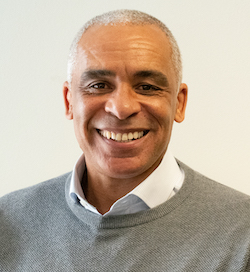If you’ve ever used an aggregator service, such as Expedia or lastminute.com, to book a flight or find a holiday, you’ll know from a consumer’s point of view how useful they can be to both find what you want and get a good deal: they make the information transparent and give the benefit of customer reviews, special offers and consolidated services.
However, the health and fitness industry is very different from travel. One’s global, while the other is local. People are motivated to go on holiday, but can be resistant to exercise. Health clubs want to build day-to-day loyalty and relationships, while the travel industry is less concerned with this.
There are a number of other reasons to be cautious, including the fear of losing control of data and the customer base, and concerns about paying a commission to get the same customers or being forced into discounting.
However, if you always do what you always did, you always get what you’ve always had, so if the industry wants to increase penetration rates, it needs to start looking for different ways to mobilise new audiences.
Aggregators bring extra marketing budgets and new technology to the table, which can translate into different customers being brought into the industry, so they’re definitely worth consideration.
If you’re thinking about giving aggregators a go, shop around first. There are a number of different choices in terms of business model and you need to know whether they focus on B2C or B2B.
Choose one that cares about growing the market and as Nishal Desai, co-founder of imin, says: “Go forward with your eyes open and hands on the steering wheel. Choose to work with those companies in a way that puts you firmly in control and keeps you there.”

































































